Photo Icons. 50 Landmark Photographs and Their Stories 29378
Photographs have a strange and powerful way of shaping the way we see the world. The most successful images enter our collective consciousness, defining eras, making history, or simply touching something so fundamentally human and universal that they have become resonant icons all over the globe. To explore this unique influence, Photo Icons puts some of the most important photographic landmarks under the microscope.
From some of the earliest photography, such as Nicephore Niepce’s 1827 eight-hour-exposure rooftop picture and Louis Daguerre’s famous 1838 street scene, through to Martin Parr, this is as much a history of the medium as a case-by-case analysis of its social, historical, and artistic impact. We take in experimental Surrealist shots of the 1920s and the gritty photorealism of the 1930s, including Dorothea Lange’s Migrant Mother.
We witness the power-makers (Che Guevara) and the heartbreakers (Marilyn Monroe) as well as the great gamut of human emotions and experiences to which photography bears such vivid witness: from the euphoric Kiss in Front of City Hall (1950) by Doisneau to the horror of Nick Ut’s Napalm Against Civilians showing nine-year-old Phan Thi Kim Phuc running naked toward the camera from South Vietnamese napalm.
From some of the earliest photography, such as Nicephore Niepce’s 1827 eight-hour-exposure rooftop picture and Louis Daguerre’s famous 1838 street scene, through to Martin Parr, this is as much a history of the medium as a case-by-case analysis of its social, historical, and artistic impact. We take in experimental Surrealist shots of the 1920s and the gritty photorealism of the 1930s, including Dorothea Lange’s Migrant Mother.
We witness the power-makers (Che Guevara) and the heartbreakers (Marilyn Monroe) as well as the great gamut of human emotions and experiences to which photography bears such vivid witness: from the euphoric Kiss in Front of City Hall (1950) by Doisneau to the horror of Nick Ut’s Napalm Against Civilians showing nine-year-old Phan Thi Kim Phuc running naked toward the camera from South Vietnamese napalm.
Фотографії мають дивний і потужний спосіб формувати те, як ми бачимо світ. Найуспішніші зображення входять у нашу колективну свідомість, визначаючи епохи, творячи історію або просто торкаючись чогось настільки фундаментально людського та універсального, що стають резонансними іконами в усьому світі. Щоб дослідити цей унікальний вплив, Photo Icons розглядає під мікроскопом деякі з найважливіших фотографічних пам'яток.
Від найперших фотографій, таких як восьмигодинний знімок даху Нікофора Ньєпса 1827 року та знаменита вулична сцена Луї Дагера 1838 року, до Мартіна Парра - це не лише історія фотомистецтва, а й аналіз кожного окремого випадку його соціального, історичного та мистецького впливу. Ми побачимо експериментальні сюрреалістичні знімки 1920-х років та грубий фотореалізм 1930-х, зокрема "Мати-мігрантка" Доротеї Ланге.
Ми бачимо творців влади (Че Гевара) і розбивачів сердець (Мерилін Монро), а також широку гаму людських емоцій і переживань, про які так яскраво свідчить фотографія: від ейфорійного "Поцілунку перед ратушею" (1950) Дуасно до жаху "Напалму проти цивільних" Ніка Юта, на якому дев'ятирічний Фан Тхі Кім Фук біжить оголеним на камеру, рятуючись від південнов'єтнамського напалму.
- АвторHans-Michael Koetzle
- КатегоріяКультура та мистецтвоФотографія
- МоваАнглійська
- Рік2019
- Сторінок432
- Формат145х215 мм
- ОбкладинкаТверда
- Тип паперуОфсетний
- ІлюстраціїКольорові
- СеріяBibliotheca Universalis
Відділення Нова Пошта80 ₴
Поштомат Нова Пошта80 ₴
Кур’єр Нова Пошта120 ₴
Відділення УкрПошта50 ₴
Кур’єр за адресою90 ₴

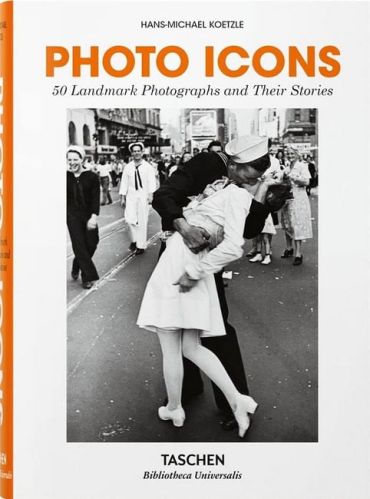
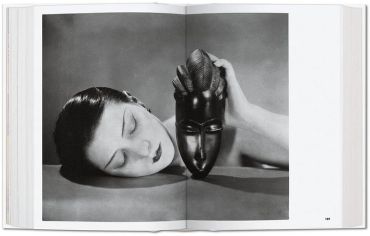
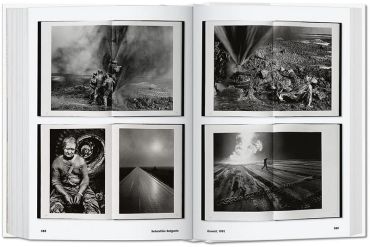
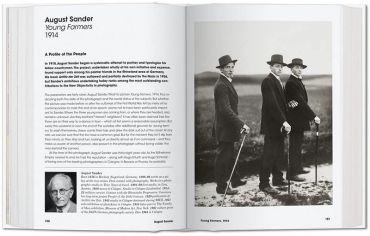
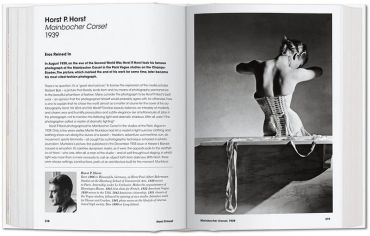

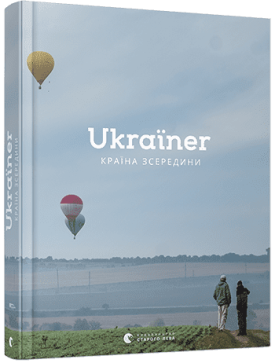












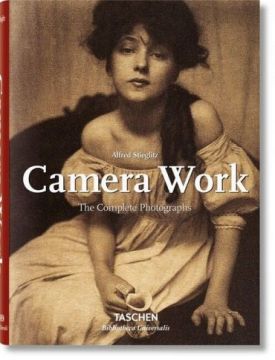

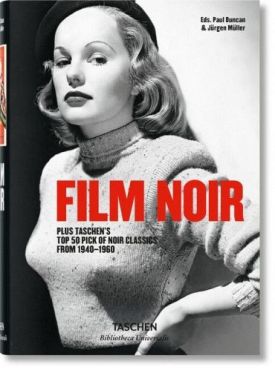
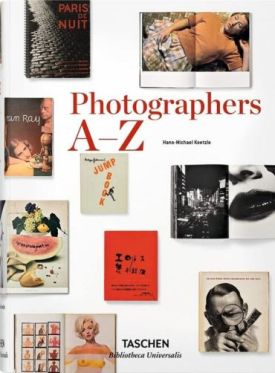




допоможіть тим, хто ще не читав